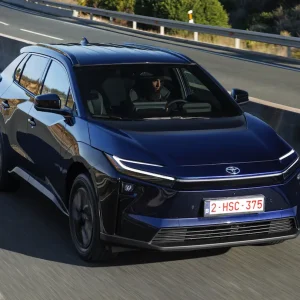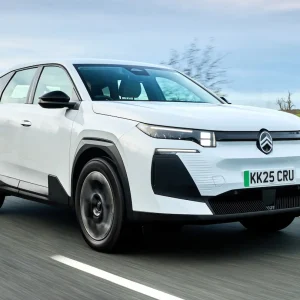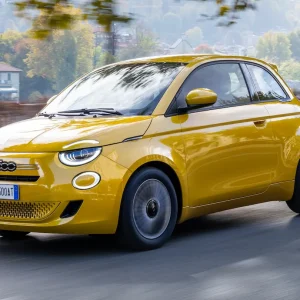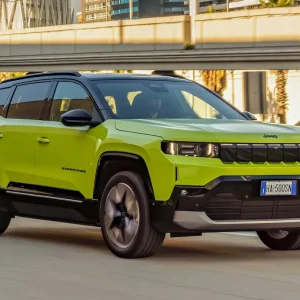Volkswagen’s lacked a decent convertible since the pram-impersonating Golf was finally pensioned off back in 2002. Since then, only a drop-top Golf in drag has been available scaring away discerning VW fans with its passe retro-Beetle looks.
The market’s moved on too; convertible buyers demand coupe convertibles nowadays, not last-millennium ragtops. A happy accident along the way being that safer more secure drop-tin-tops have been slipping onto company lists to the delight of business drivers.
Estate agents will not be pleased, VW’s new drop-top will not carry the ‘Golf’ tag. It’s been ditched, highlighting the firm’s US sales aspiration where a ‘golf range’ is somewhere you do your business.
In reality, the Eos differs radically from the humble Golf hatch. Despite the obvious tin appendage that can be lowered in 25 seconds, under the skin the car is longer, wider and lower, adopting Passat rear suspension to enable the roof to be accommodated with class-leading interior space, although there’s only average boot space. There’s been a compromise in looks too, as the Eos lacks the original 2004 concept’s grace and proportions.
Within the cabin and under the bonnet it reverts to pure Golf, which is good news. The cabin’s well-built, light and airy. Cleverly, not only is there the choice of full topless motoring, the Eos has a full-length sliding and tilting glass sunroof too. There’s a range of excellent engines kicking off with a 115PS 1.6-litre and extending to a muscular 250PS 3.2.
All engines have six-speed manuals, bar the V6 that comes with the excellent DSG semi-automatic.
Marketing boss Rod McLeod expects the Eos to sell 2600 units this year, increasing to 4000 in 2007. 45% will be the 150PS 2.0 FSI, while only a quarter will opt for the 140PS 2.0 diesel. Only a third will be fleet sales, mostly to user choosers.
We focused on the 2.0-litre versions, both diesel and petrol, and began with the 200PS Golf GTi-powered version. Riding on 16-inch wheels, the Eos offers a compliant ride, but pushing on things deteriorate. Luckily, UK cars powered by the turbo-charged FSI are only available with Sport trim that adds stiffer suspension and 17-inch wheels. Despite upsetting the smooth ride, it’s a price worth paying for the improved grip and better body control. Sadly, ticking the Sport box does not transform the Eos into a sporting car. It lacks the rigidity of a regular tin-top and occasionally there’s the odd creak emitted from the roof over big bumps.
A better match is the 150PS FSI offering good refinement, adequate pace and a competitive 26% BIK.
Despite decent standard kit, the Eos is scuttled by its sheer cost when stacked up against the rest. However, the packaging and prestige of the VW badge may appeal to some.





